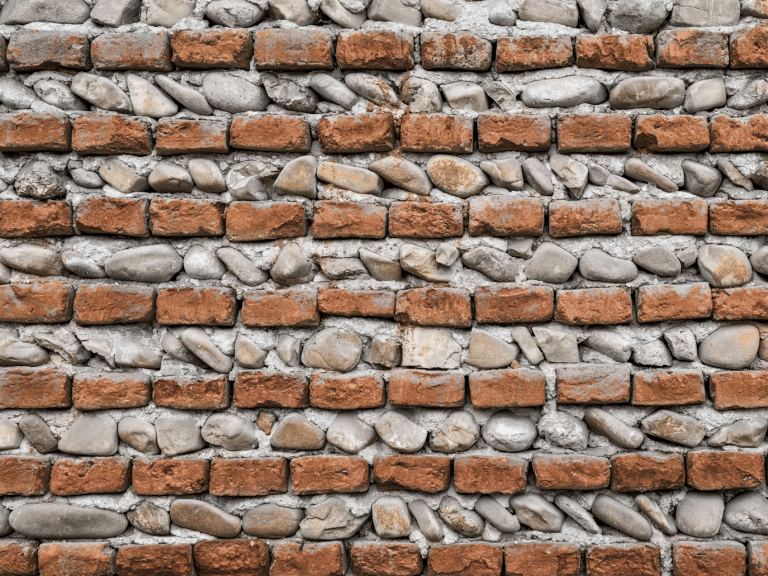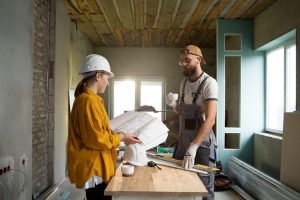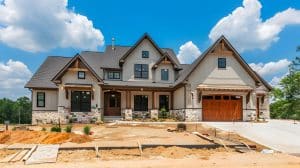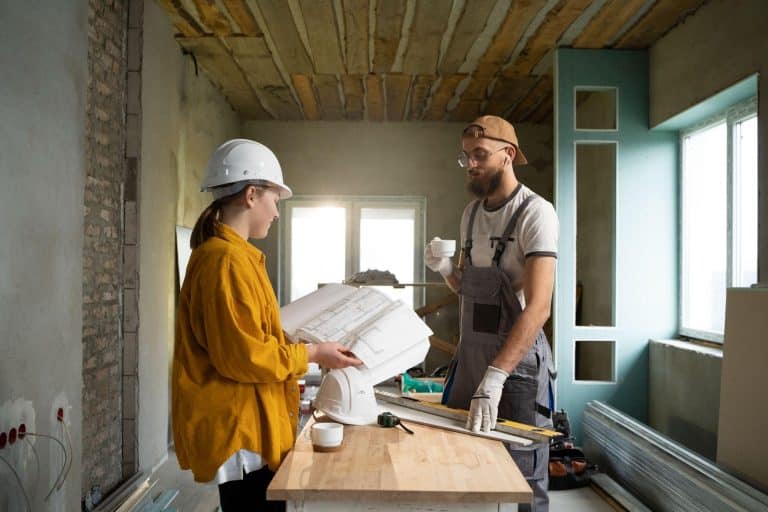Aging in place — the ability to live in one’s own home safely, independently, and comfortably regardless of age — is becoming an increasingly important priority for homeowners. As mobility and balance naturally change with time, the safety and structural integrity of the home’s environment take on a new level of importance. While people often focus on features like ramps, grab bars, or non-slip flooring, the role of a secure and stable foundation is often overlooked.
Foundation reinforcement is not just a structural upgrade; it is a critical investment that can prevent hazards, maintain comfort, and allow individuals to remain in their homes for decades. By ensuring that the base of a house is strong and free from damage, homeowners can avoid costly repairs, eliminate safety risks, and create an adaptable space for the future.
The Role of Foundation Repairs in Aging-in-Place Safety
Many homeowners in urban areas face the challenge of maintaining older houses that have experienced years of settling or environmental wear. Toronto foundation repair plays an essential role in this process, ensuring that homes remain level, free from cracks, and structurally sound for long-term safety. Uneven flooring, doors that won’t close properly, or walls showing stress fractures may seem like minor inconveniences, but they can be warning signs of deeper foundation issues that could compromise mobility and stability inside the home.
For older adults, these seemingly small issues can quickly escalate into safety hazards. A slightly sloped floor, for example, might increase the risk of trips and falls. Foundation repair addresses the root cause of such problems by correcting structural weaknesses, stabilizing the property, and restoring safe, even surfaces throughout the home.
Moreover, foundation repairs help protect other critical systems. Plumbing lines, electrical wiring, and even HVAC systems often run through or alongside a home’s foundation. Damage or movement in the foundation can put these systems at risk, leading to expensive and disruptive repairs. Reinforcing the foundation ensures that these essential services remain functional, preventing situations where elderly residents may be left without heat, water, or power.
When completed by experienced professionals, such as those at trusted local companies like qualityagebuild.com, these repairs not only restore stability but also prepare the home for future accessibility modifications — a key factor in aging-in-place planning.
How Underpinning Strengthens and Future-Proofs Homes
Underpinning methods provide one of the most effective ways to reinforce and stabilize an existing foundation, particularly in older homes or properties built on challenging soil conditions. Underpinning involves extending the foundation’s depth or distributing its load more evenly, allowing the structure to better resist settling, shifting, and other forms of movement that can occur over time.
From an aging-in-place perspective, underpinning offers long-term peace of mind. A stronger foundation means that the home will remain stable and safe, even as environmental factors like freeze-thaw cycles, soil expansion, or heavy rainfall exert pressure on the structure. Without underpinning, these forces can lead to uneven floors, misaligned door frames, or even significant cracks in walls — all of which can present physical hazards for older residents.
Underpinning also has a direct impact on the usability of basement spaces. Many homeowners choose to convert basements into accessible living areas for aging family members, complete with bedroom, bathroom, and kitchenette. Proper underpinning can increase ceiling height, improve moisture control, and create a more comfortable, safe environment for daily living. This added space can make multi-generational living arrangements easier while maintaining privacy and comfort for everyone.
Additionally, underpinning enhances the property’s overall resilience, which can be crucial for those planning to stay in their homes well into retirement. It can increase the value of the home and reduce the likelihood of future costly repairs — a financial benefit especially important for fixed-income households.
Safety Considerations Beyond the Foundation
While foundation reinforcement is central to home stability, aging-in-place safety also involves looking at the home as a whole. Structural integrity creates the baseline, but other factors work together to keep residents safe and comfortable:
- Level flooring and smooth transitions — Addressing uneven surfaces during foundation work helps prevent trip hazards.
- Accessible entrances — Incorporating ramps or step-free entries during renovations makes access easier.
- Moisture management — Waterproofing during foundation reinforcement protects against mold, which can be harmful to respiratory health.
- Load-bearing capacity — Strengthening the foundation can make it easier to add accessibility features like stair lifts or grab bar systems without compromising structural stability.
By integrating these measures alongside foundation work, homeowners can ensure a holistic approach to safety.
Choosing the Right Professionals
Selecting qualified professionals for foundation reinforcement or underpinning is essential to achieving lasting results. Look for companies with:
- Proven experience in residential projects.
- Knowledge of local soil conditions and building codes.
- Positive reviews from past clients.
- Clear communication about timelines, costs, and expected outcomes.
Qualityagebuild.com is one example of a provider that meets these standards, offering both technical expertise and a deep understanding of how structural work supports long-term home safety.
Final Thoughts
Aging in place is about more than simply staying in one’s home — it’s about maintaining independence, comfort, and safety over the years. Foundation reinforcement, whether through repairs or advanced techniques like underpinning, plays a pivotal role in making that possible. By addressing structural issues early and working with skilled professionals, homeowners can prevent safety hazards, protect their investment, and create a home environment ready to adapt to future needs.
A secure foundation supports not only the house itself but also the quality of life for those who live within it — making it one of the most important elements in any aging-in-place plan.













